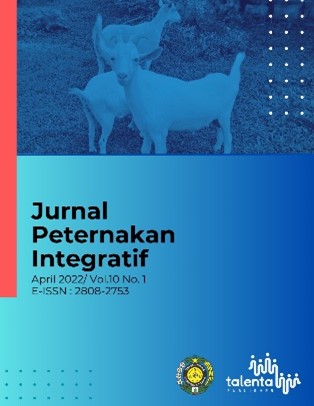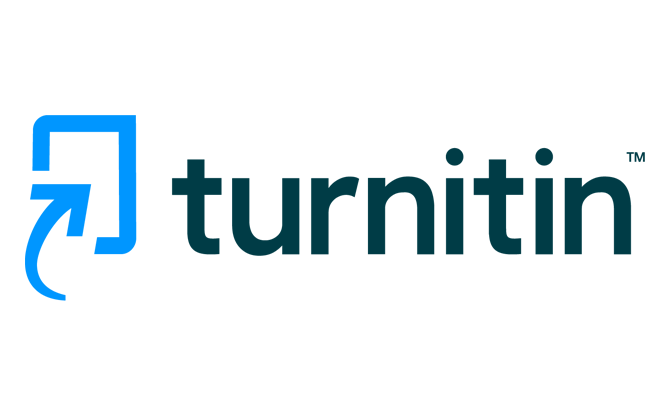Financial Analysis of the Utilization of Golden Snail Flour (Pomacea canaliculata) With Eco Enzyme Fermentation in Quail Ration
DOI:
https://doi.org/10.32734/jpi.v10i01.8690Keywords:
Eco Enzymes, Conch Mas, Fermentation, Financial Analysis, Profit, QuailAbstract
Quail has a competitive ability to compete with other sources of meat in meeting the needs of the community. Feed is the basic need of every animal. From an economic point of view, the cost of feed is very high, reaching 70% of the total cost of quail production. One of the ingredients that can be used as feed ingredients for animal protein sources that are widely available is the golden snail or called the mulberry snail (Pomacea canaliculata L) . One way to increase the nutritional content of feed ingredients is by fermentation. The golden snail flour is fermented using eco-enzymes, where these eco-enzymes are very easy to make and require little cost to manufacture. So it is necessary to calculate the financial analysis of quail feed made using gold snail flour fermented using eco-enzymes. The research design used was a completely randomized design (CRD) with 4 treatments and 5 replications. The parameters studied are Total Production Costs, Total Production Results, Profit and Loss Analysis, Income Over Feed Cost (IOFC), and R/C (Revenue/Cost) . Based on the results of the study, it was found that feeding using golden snail flour fermented using eco-enzymes in the ration as much as 12% got the best results, because Total Production Costs, Total Production Results, Profit-Loss Analysis, Income Over Feed Cost (IOFC), and R /C (Revenue/Cost) got the best results compared to other treatments.
Downloads
Downloads
Published
Issue
Section
License
Copyright (c) 2022 Jurnal Peternakan Integratif

This work is licensed under a Creative Commons Attribution-ShareAlike 4.0 International License.
The Authors submitting a manuscript do so on the understanding that if accepted for publication, copyright of the article shall be assigned to Jurnal Peternakan Integratif as well as TALENTA Publisher Universitas Sumatera Utara as the publisher of the journal.
Copyright encompasses exclusive rights to reproduce and deliver the article in all forms and media. The reproduction of any part of this journal, its storage in databases and its transmission by any form or media, will be allowed only with written permission from Jurnal Peternakan Integratif.
The Copyright Transfer Form can be downloaded here.
The copyright form should be signed originally and sent to the Editorial Office in the form of original mail or scanned document.















